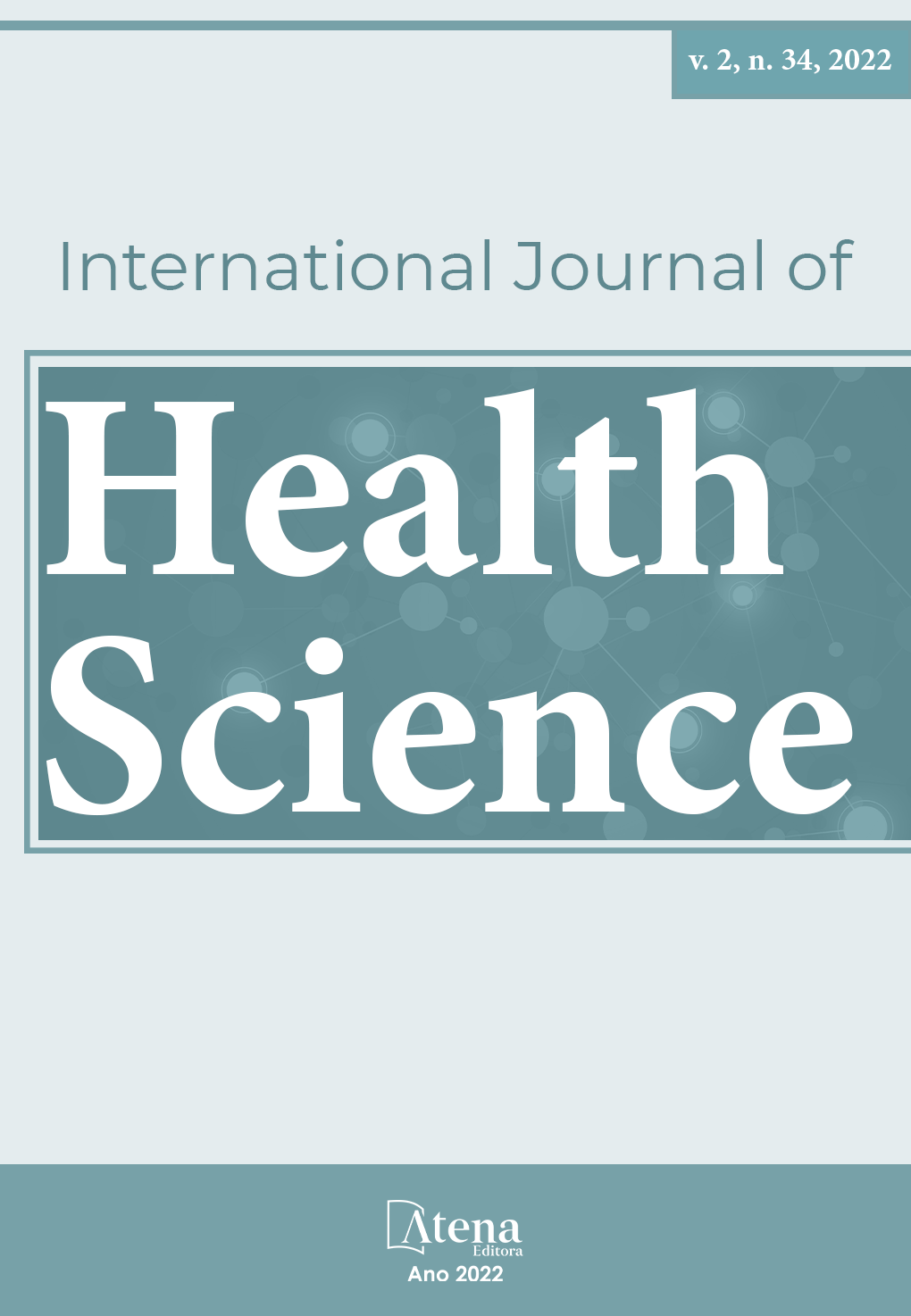
SEGMENTARY MANDIBULAR RECONSTRUCTION: A NARRATIVE REVIEW
Osteolytic lesions of traumatic, infectious, tumor origin or bone defects of genetic origin represent a challenge for aesthetic and functional rehabilitation. Bone biomechanics, important for mastication, swallowing, speech, breathing and self-esteem, require efforts to satisfactorily return the patient to his vital and social functions. Procedures for bone and tissue grafting have always been used for this purpose, but they require a long time and that medical teams from different specialties work together to achieve satisfactory results. These techniques are available in large centers, making access in remote areas difficult. Technological advances and material and tissue engineering have allowed new techniques to make it possible to reproduce segments of the human body for the rehabilitation of mutilated patients or those with genetic defects with reduced morbidity. In addition, these new techniques allow patients to recover their social life in a dignified and fast way, with reduced impacts on their daily lives.
SEGMENTARY MANDIBULAR RECONSTRUCTION: A NARRATIVE REVIEW
-
DOI: 10.22533/at.ed.1592342206075
-
Palavras-chave: Mandibular reconstruction, customized prosthesis, vascuarized graft.
-
Keywords: Mandibular reconstruction, customized prosthesis, vascuarized graft.
-
Abstract:
Osteolytic lesions of traumatic, infectious, tumor origin or bone defects of genetic origin represent a challenge for aesthetic and functional rehabilitation. Bone biomechanics, important for mastication, swallowing, speech, breathing and self-esteem, require efforts to satisfactorily return the patient to his vital and social functions. Procedures for bone and tissue grafting have always been used for this purpose, but they require a long time and that medical teams from different specialties work together to achieve satisfactory results. These techniques are available in large centers, making access in remote areas difficult. Technological advances and material and tissue engineering have allowed new techniques to make it possible to reproduce segments of the human body for the rehabilitation of mutilated patients or those with genetic defects with reduced morbidity. In addition, these new techniques allow patients to recover their social life in a dignified and fast way, with reduced impacts on their daily lives.
-
Número de páginas: 9
- Alvaro Siqueira Ribeiro Lima
- Dulce Helena Pena de Andrade
- Nelson Uzun Junior


